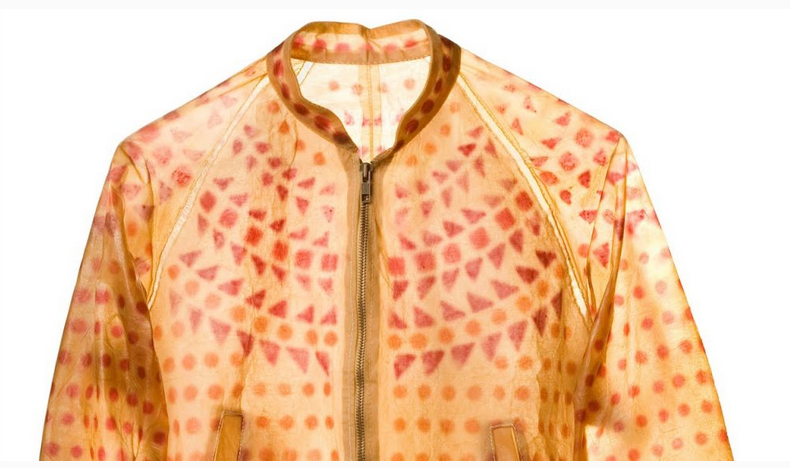Ploop! ... is a noise we assume you are familiar with. What happens after?
- Science-by-Trianon

- Nov 19, 2021
- 3 min read
It is, of course, the noise that comes from pulling the cork stopper out of the neck of a wine bottle.
But what do you do with your cork?
While cork is still the material of choice for making wine stoppers, it has found a host of other applications, from the building industry to fashion.

Yes, there are alternatives such as screw-caps, but they are generally disliked as something tantamount to the downfall of western civilisation.
Cork is a material that combines two properties:
A) The necessary flexibility to successfully seal the bottle, and
B) its hydrophobicity, which makes it reasonably inert to contact with wine.
In the days before synthetic polymers, materials with these properties were difficult to find, and cork has been known and used since antiquity.[1]
Production
Cork is obtained from the bark of the cork oak, Quercus suber.
A cork oak has a life span of ca. 300 years.
The cork is first harvested when the trees are 25 to 30 years old, and then every nine years thereafter.
The first two harvests are usually of inferior quality.[1]
The important fact here is that harvesting the cork does not harm the tree, no tree has to be felled to obtain the cork.
Cork oak forests therefore continue to consume CO2 and provide a habitat for various species of fauna, thus adding to natural diversity.
Alternative to cork
The main disadvantage of cork stoppers is that they sometimes impart a bad taste on the wine.
This bad taste appears to originate from the production of both the cork and the wine.[2][3]
For this reason alternative closures have been developed, most notably the plastic cork (a cylindrical stopper made from a mixture of high and low density polyethylene and polypropylene) and the screw-cap top and the proponents of alternative bottle closures argue that it aids in conserving the taste of the wine.
It is important to note that neither of these alternatives can guarantee uncorked wine, as the reason for the corked-ness may also lie in impurities in the wine itself.
We shall leave a detailed discussion of the taste-conserving or -altering properties of the various types of stoppers to the sommeliers.

From an environmental point of view, the traditional cork is unbeatable.
Price Waterhouse Coopers have conducted a life cycle analysis (LCA) of traditional cork, plastic cork, and aluminium screw-cap tops and found the traditional cork to be superior.[4]
It should be noted, however, that this study was conducted for the Portuguese company Corticeira Amorim, one of the world's leading producers of cork.
Alternative LCAs are available, for instance a research paper by Demertzi et al. [5] is summarised here.[6]
Alternative uses of cork
Building industry
Its various advantageous properties have made cork an interesting proposition in the building industry. Its mechanical properties make it a good thermal and acoustic insulator.[7]
As mentioned above, the first two harvests produce cork of inferior quality.
What people in the cork business mean by that is that it is structurally unsuitable for making wine corks out of it.
However, cork that is used as building material is ground into granules and subsequently heated to re-congeal.
For this process, the material obtained from the first two harvests is perfectly suitable.
Likewise, the residual pieces of cork resulting from the production of cork stoppers are used to make building material in the same fashion.
Cork is also non-flammable and can protect property against fires, for instance forest fires[REF08] and also be anti-microbial.
Coupled with its mechanical properties, cork also makes for stylish chopping boards for your kitchen.[7]
Fashion
Because of its cell structure, cork has unique properties, such as lightness, waterproofness, insulating, flexible, compressible, resistant to abrasion, resistant to temperature, resistant to time, hypoallergenic and comfortable.
Thus, this is not a surprise that the use of cork has spread for more sustainable practices in the field of jewellery, clothing, bags, and footwear.
And what do you do with your old corks?

Screw-caps and plastic stoppers should be discarded of in the appropriate household waste, most likely the recyclables bin.
Proper corks may be added to the bio-waste or composted in the garden, however, that would be a waste because they could be ground up and turned into building materials.
Our suggestion would be to collect them and hand them in to your local wine dealer.
01) https://en.wikipedia.org/wiki/Cork_(material) /, last accessed 2021.10.27
02) https://de.wikipedia.org/wiki/Korken/, last accessed 2021.10.27
03) https://www.spiegel.de/wissenschaft/technik/verdorbener-wein-chemische-altlasten-ruinieren-edle-tropfen-a-687815.html/ , last accessed 2021.10.27
04) https://web.archive.org/web/20090913143609/http://www.corkfacts.com/pdffiles/Amorim_LCA_Final_Report.pdf/ , last accessed 2021.10.27
05) https://www.sciencedirect.com/science/article/abs/pii/S0959652615001973/ , last accessed 2021.10.27
06) http://www.academicwino.com/2015/04/environmental-impact-natural-cork.html/, last accessed 2021.10.27
07) https://blog.ecosupplycenter.com/blog/cork-as-a-building-material-a-history/ , last accessed 2021.10.27















Comments